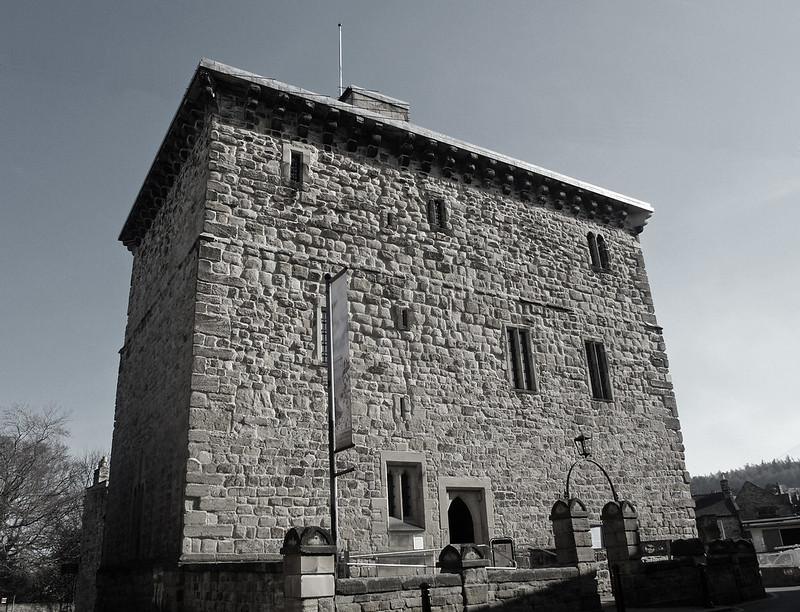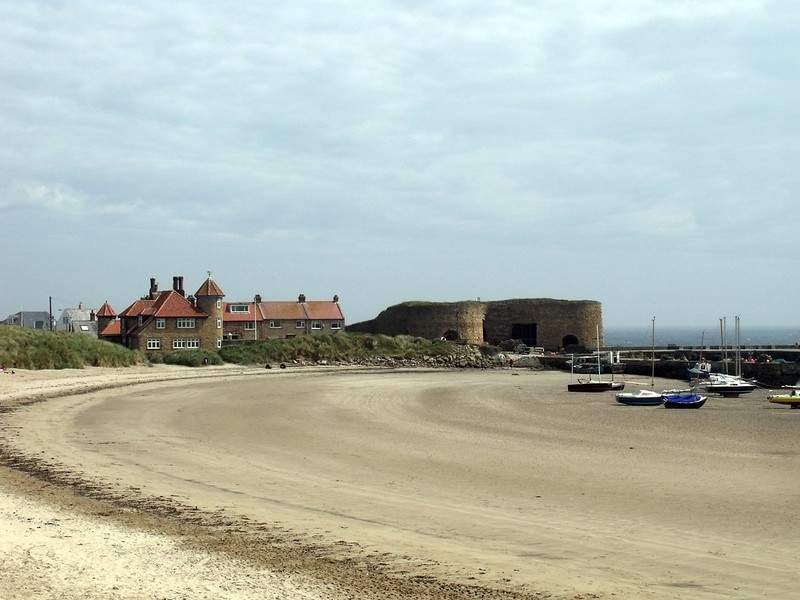Nestled in the heart of Northumberland, Hexham Old Gaol stands as a testament to the region's rich history and architectural heritage. Built in the 14th century, this historic landmark has witnessed centuries of change, serving various roles throughout its existence. From its origins as a prison to its current status as a museum.
Hexham Old Gaol invites visitors to explore the stories and events that have shaped the local community. This article delves into the significance of this remarkable site, its architectural features, the tales of justice that echo through its walls, and the experience of visiting this captivating destination.
Unveiling Hexham Old Gaol: A Historical Landmark
Hexham Old Gaol was constructed in 1330, making it one of the oldest purpose-built prisons in England. Originally established to house criminals and debtors, the gaol played a crucial role in the administration of justice during a time when law and order were paramount.
Its strategic location in Hexham, a bustling market town, allowed it to serve not only the local populace but also the surrounding areas. Over the centuries, the gaol has undergone various transformations, reflecting the changing attitudes towards crime and punishment.
The gaol's historical significance extends beyond its function as a prison. It has also served as a courthouse and a place of refuge during times of unrest. The building's resilience through the ages is a testament to the community's commitment to preserving its heritage.
Today, Hexham Old Gaol stands as a symbol of the town's rich past, drawing visitors who are eager to learn about the lives of those who once inhabited its cells.
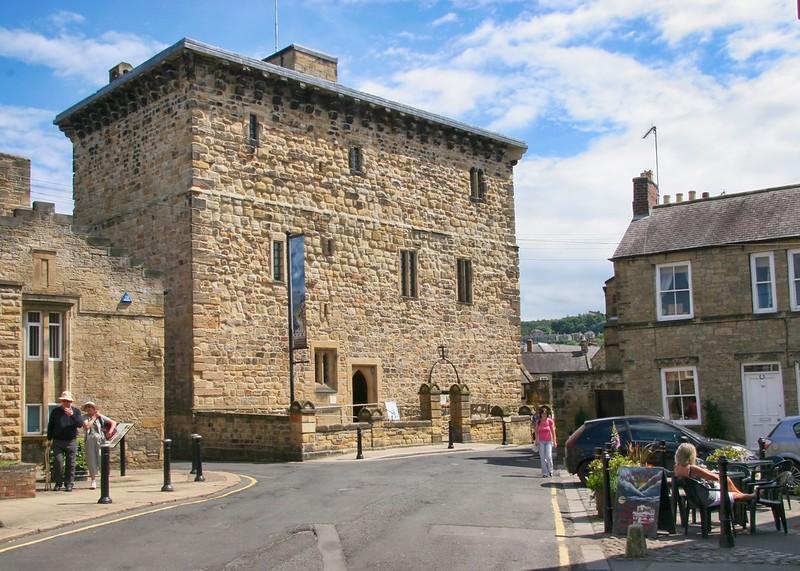
In 1823, the gaol was officially closed, marking the end of its role as a prison. However, its legacy continued as it was repurposed for various uses, including a police station and a local museum. The building's preservation efforts have ensured that it remains a vital part of Hexham's cultural landscape, allowing future generations to connect with their history.
The gaol's journey from a place of confinement to a site of education and reflection highlights the evolving nature of societal values. As visitors approach Hexham Old Gaol, they are greeted by its imposing stone façade, which speaks volumes about its storied past.
The gaol's historical significance is not just in its architecture but also in the stories it holds within its walls. Each brick and beam tells a tale of justice, punishment, and redemption, inviting exploration and contemplation.
The Architectural Marvels of Hexham Old Gaol
Hexham Old Gaol is an architectural marvel that showcases the medieval building techniques of its time. Constructed primarily from local sandstone, the gaol features thick walls and narrow windows, designed to deter escape and ensure security.
The building's layout reflects the utilitarian needs of a prison, with cells arranged around a central courtyard, allowing for efficient monitoring of inmates. The simplicity of its design is both functional and aesthetically pleasing, embodying the spirit of medieval architecture.
One of the most striking features of the gaol is its impressive entrance, adorned with a sturdy wooden door that has withstood the test of time. Visitors are often captivated by the heavy ironwork that embellishes the door, a reminder of the security measures that were once paramount.
Inside, the narrow corridors and dimly lit cells evoke a sense of the harsh realities faced by those incarcerated within its walls. The preservation of these architectural elements allows visitors to step back in time and imagine the lives of the prisoners who once called this place home.
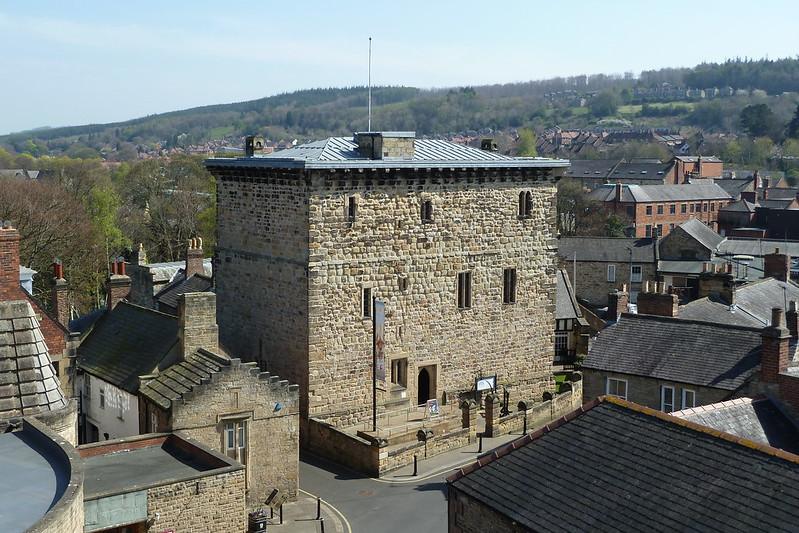
The gaol's architecture also reflects the social and political climate of the 14th century. The design elements, such as the crenellated roofline and fortified structure, indicate a period when security was a primary concern. The building's robust construction was not only a deterrent for escapees but also a statement of authority, reinforcing the power of the law in a time of social upheaval.
This blend of functionality and symbolism makes Hexham Old Gaol a fascinating study of medieval architecture. In recent years, restoration efforts have focused on maintaining the integrity of the building while enhancing its accessibility for visitors.
The introduction of informative displays and guided tours has transformed the gaol into an engaging educational experience. As visitors explore the architectural marvels of Hexham Old Gaol, they are invited to appreciate not only its historical significance but also the craftsmanship that has preserved it for future generations.
Tales of Justice: Stories from the Gaol’s Past
The history of Hexham Old Gaol is rich with tales of justice, punishment, and the human experience. Over the centuries, the gaol housed a diverse array of inmates, from petty thieves to more serious offenders.
Each story adds a layer of complexity to the understanding of crime and punishment in medieval England. One notable case involved a local man accused of theft, whose trial and subsequent imprisonment highlighted the often harsh realities of justice during that era.

The gaol also served as a place of refuge for those seeking protection from the law. In some instances, individuals would seek sanctuary within its walls, hoping to escape the consequences of their actions. These stories of desperation and survival illustrate the moral dilemmas faced by both the accused and the authorities.
The gaol's role as a sanctuary adds a unique dimension to its history, showcasing the complexities of justice in a time when the law was often unforgiving. In addition to individual stories, the gaol has witnessed significant events that shaped the local community. For instance, during the English Civil War, the gaol was used to detain prisoners of war, reflecting the turbulent political climate of the time.
The stories of these prisoners, their struggles, and their hopes for freedom resonate through the ages, reminding visitors of the human cost of conflict. The gaol's walls have absorbed the echoes of these experiences, creating a palpable sense of history.
Today, Hexham Old Gaol serves as a repository of these stories, inviting visitors to engage with the past. Through exhibitions and guided tours, the tales of justice that once unfolded within its walls come to life, offering a glimpse into the lives of those who were affected by the law.
As visitors explore the gaol, they are encouraged to reflect on the broader themes of justice, morality, and the human condition, making their journey through history all the more meaningful.
Visiting Hexham Old Gaol: A Step Back in Time
A visit to Hexham Old Gaol is more than just a trip to a historical site; it is an immersive experience that transports visitors back in time. Upon arrival, guests are greeted by the imposing structure, which stands as a reminder of the past.
The atmosphere is charged with history, and the anticipation of exploring the stories within its walls is palpable. The gaol's location in the picturesque town of Hexham adds to the charm, making it a perfect destination for history enthusiasts and casual visitors alike.
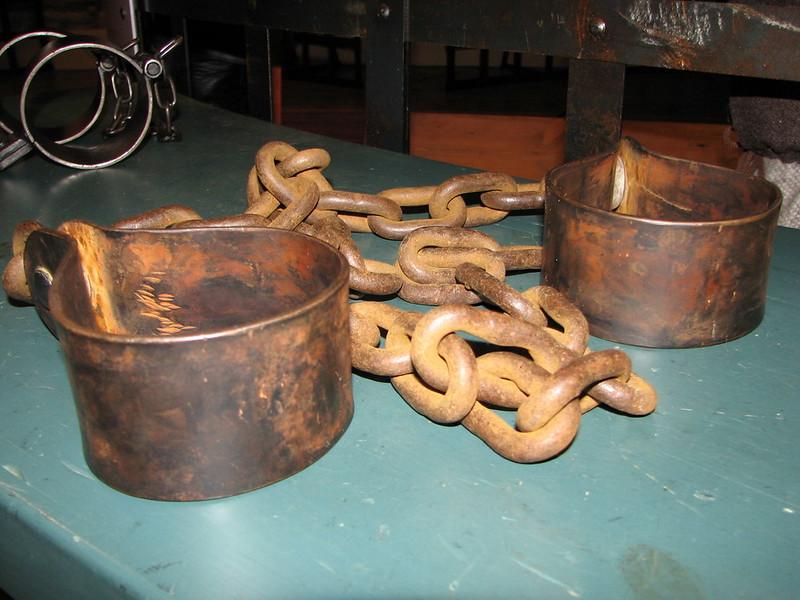
Inside, the gaol has been thoughtfully curated to provide an engaging experience for all ages. Informative displays and interactive exhibits guide visitors through the history of the building and the lives of its former inhabitants. The knowledgeable staff are on hand to share anecdotes and answer questions, enriching the experience with their passion for the site's history.
Each room and corridor offers a glimpse into the past, allowing visitors to connect with the stories that have shaped the gaol's legacy. For those seeking a deeper understanding of the gaol's history, guided tours are available, led by enthusiastic historians who bring the stories to life. These tours often include dramatic reenactments and storytelling, making the experience both educational and entertaining.
Visitors are encouraged to ask questions and engage with the guides, fostering a sense of connection to the past. The tours provide a unique opportunity to explore the complexities of justice and punishment in a way that resonates with contemporary audiences.

As visitors conclude their journey through Hexham Old Gaol, they leave with a newfound appreciation for the historical significance of the site. The stories of those who once inhabited its cells linger in the air, inviting reflection on the nature of justice and the human experience.
A visit to Hexham Old Gaol is not just a step back in time; it is an invitation to engage with history, to learn from the past, and to consider the lessons it holds for the present and future. Hexham Old Gaol stands as a remarkable historical landmark, offering a unique glimpse into the past.
Its architectural beauty, rich stories of justice, and immersive visitor experience make it a must-see destination for anyone interested in history. As we explore the tales woven into its walls, we are reminded of the complexities of human nature and the evolution of justice over time.
A visit to Hexham Old Gaol is not merely an exploration of a building; it is a journey through history that inspires reflection and appreciation for the lessons learned from those who came before us. Whether you are a history buff or a curious traveller, Hexham Old Gaol promises an unforgettable experience that will resonate long after you leave its storied halls.
FAQ’s
What is Hexham Old Gaol?
Hexham Old Gaol is the oldest purpose-built prison in England, dating back to the 14th century. It was constructed in 1333 and now serves as a museum, offering insights into medieval crime, punishment, and the history of the Border Reivers.
Where is Hexham Old Gaol located?
Hexham Old Gaol is located in the town of Hexham, Northumberland, England. It is situated near the Hexham Market Place and close to Hexham Abbey.
What can I see at Hexham Old Gaol?
Visitors can explore the prison’s original cells, learn about the history of crime and punishment in the region, and discover the story of the Border Reivers, notorious raiders who lived along the Anglo-Scottish border. The museum also features interactive displays, artefacts, and exhibitions.
Is Hexham Old Gaol suitable for children?
Yes, Hexham Old Gaol is family-friendly and offers interactive exhibits that engage children in learning about history. There are activities and displays designed to be both educational and entertaining for younger visitors.
What are the opening hours of Hexham Old Gaol?
Hexham Old Gaol is typically open from April to October, with daily opening hours usually from 10:00 AM to 4:30 PM. However, it is advisable to check the official website or contact the museum directly for the most up-to-date information on opening hours.
Is there an admission fee for Hexham Old Gaol?
Yes, there is an admission fee to enter Hexham Old Gaol. Prices vary for adults, children, families, and concessions. Tickets can usually be purchased on-site, and some discounts may be available for group visits or through combined tickets with other local attractions.
Is Hexham Old Gaol accessible to visitors with disabilities?
Hexham Old Gaol has some accessibility features, including ramps and an elevator, to assist visitors with mobility issues. However, due to the historic nature of the building, some areas may be challenging to access. It is recommended to contact the museum in advance for specific accessibility information.
Experience Days Around Northumberland
